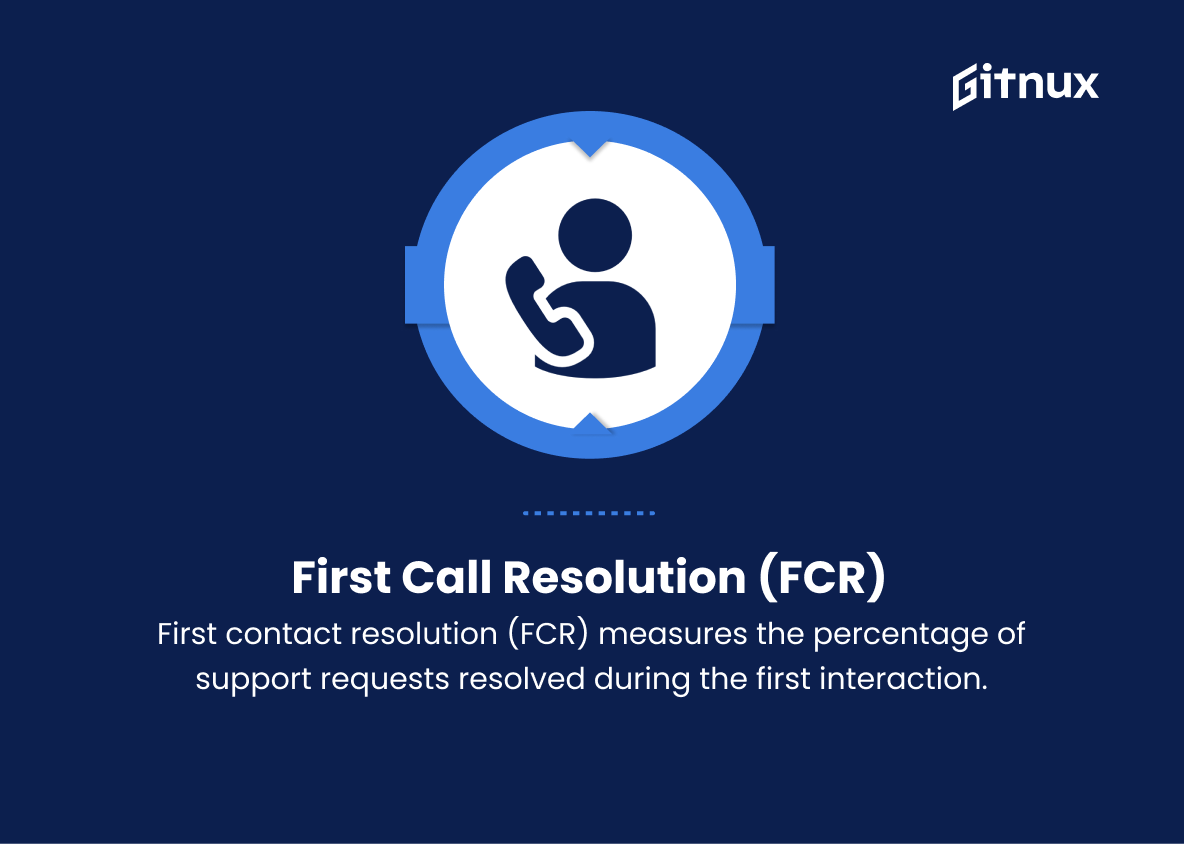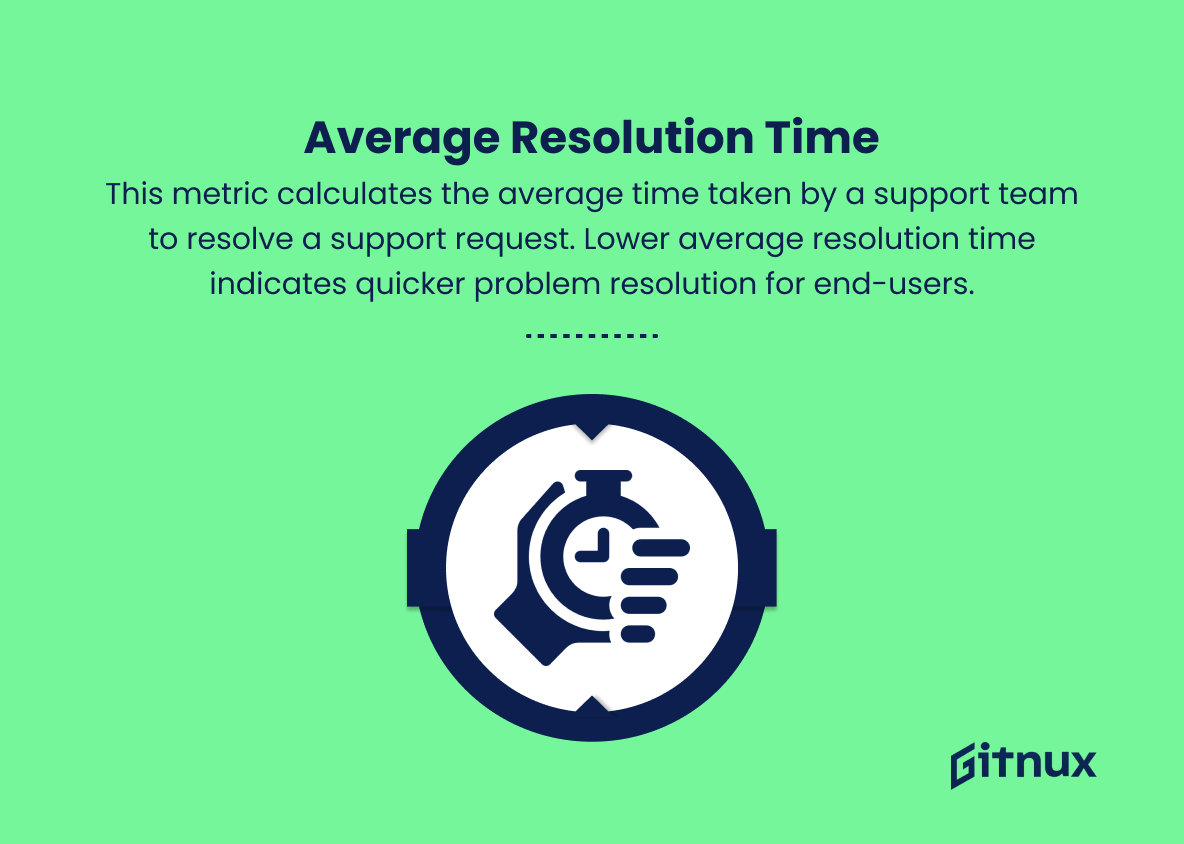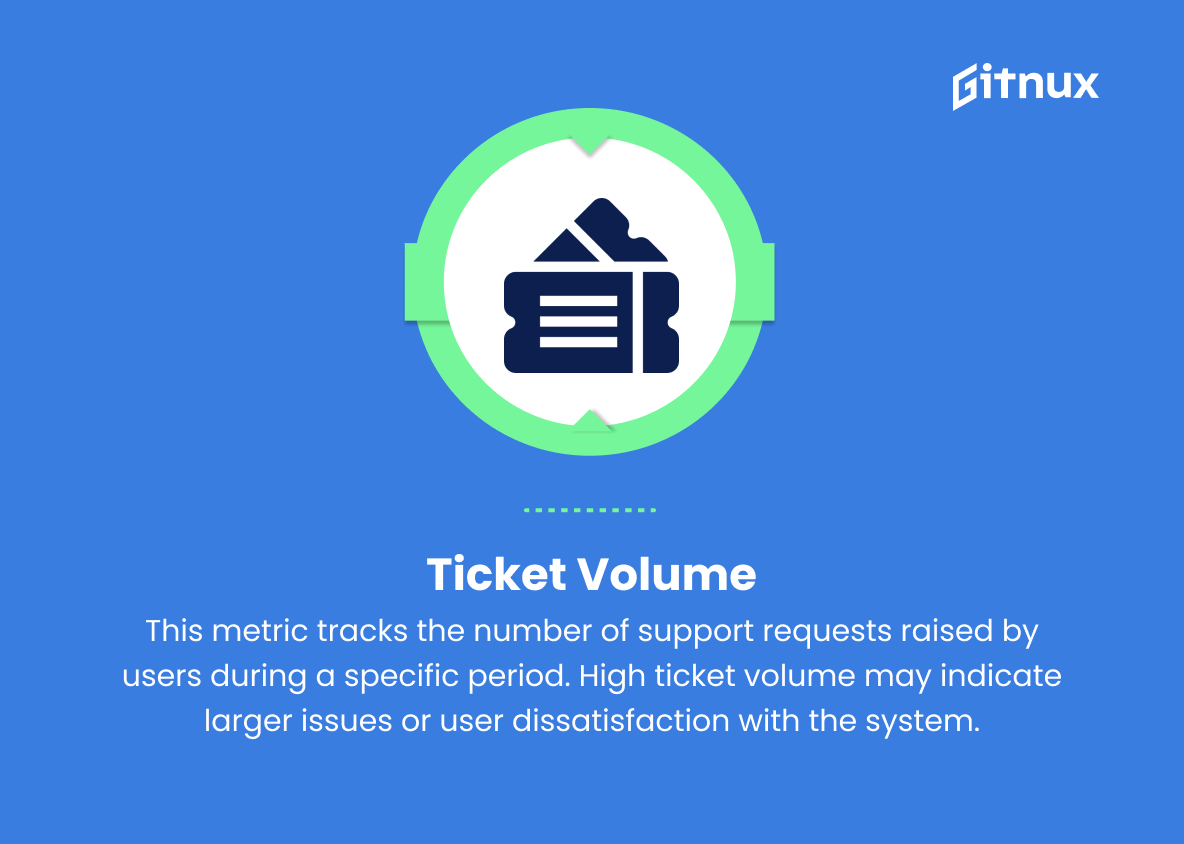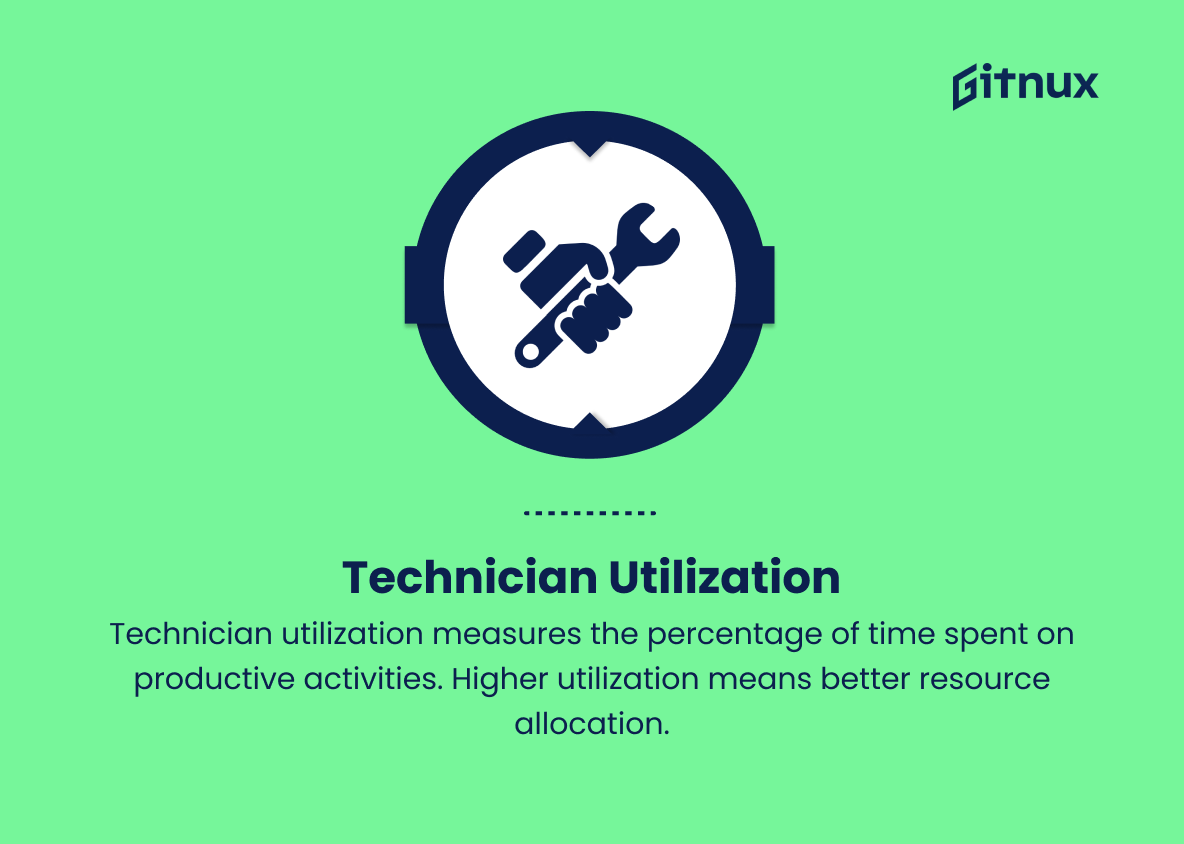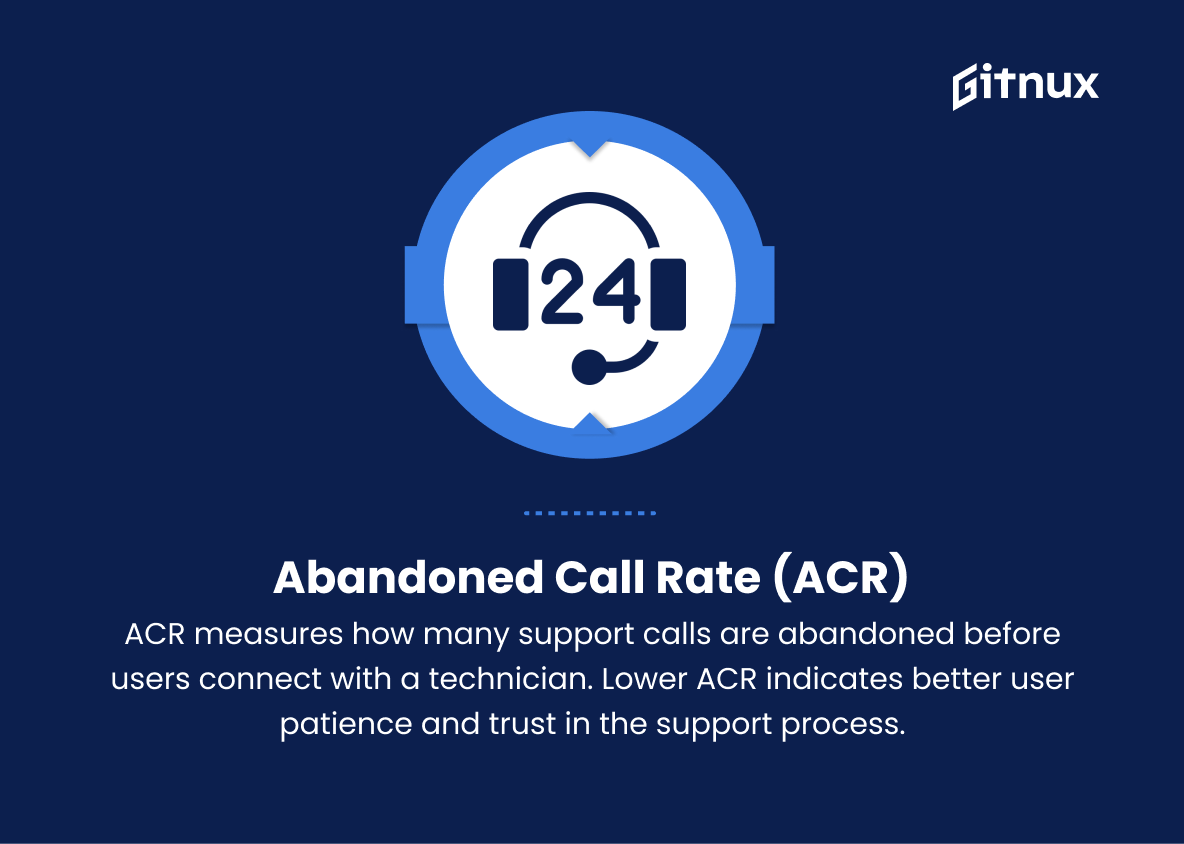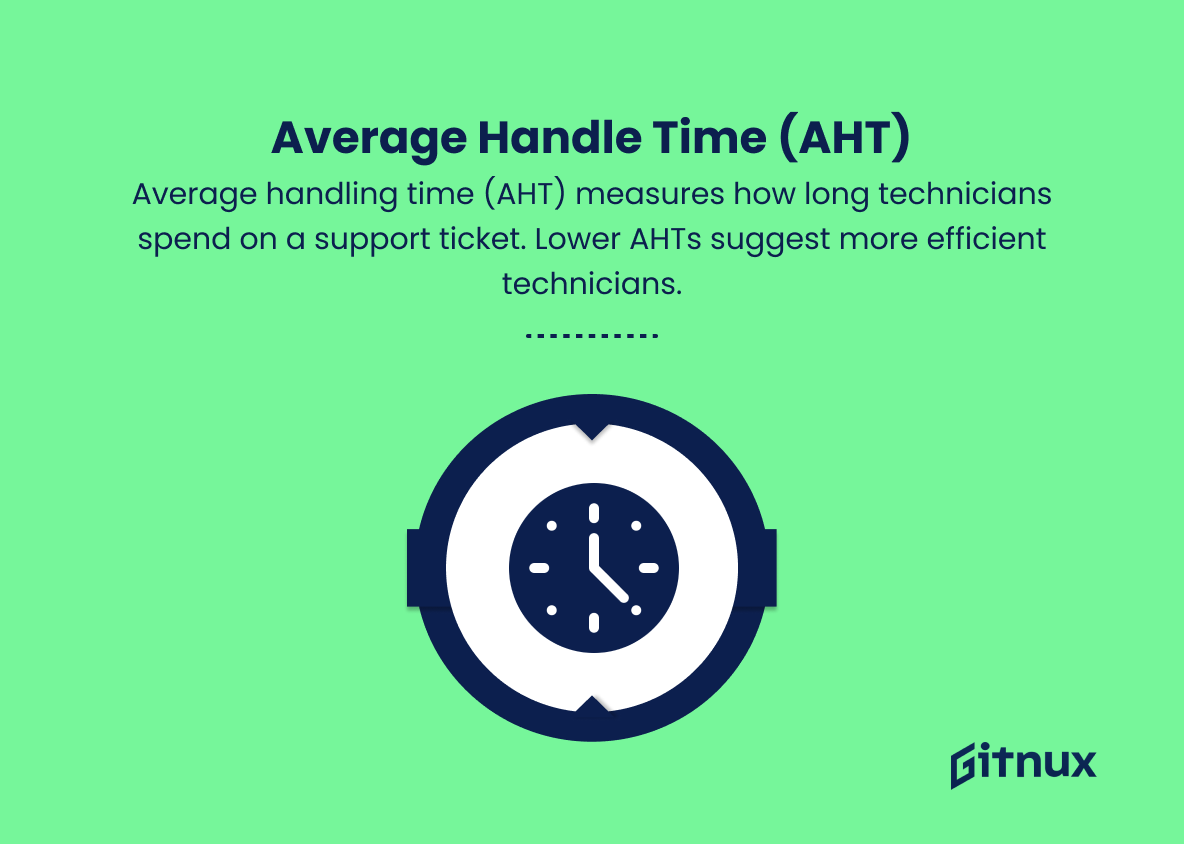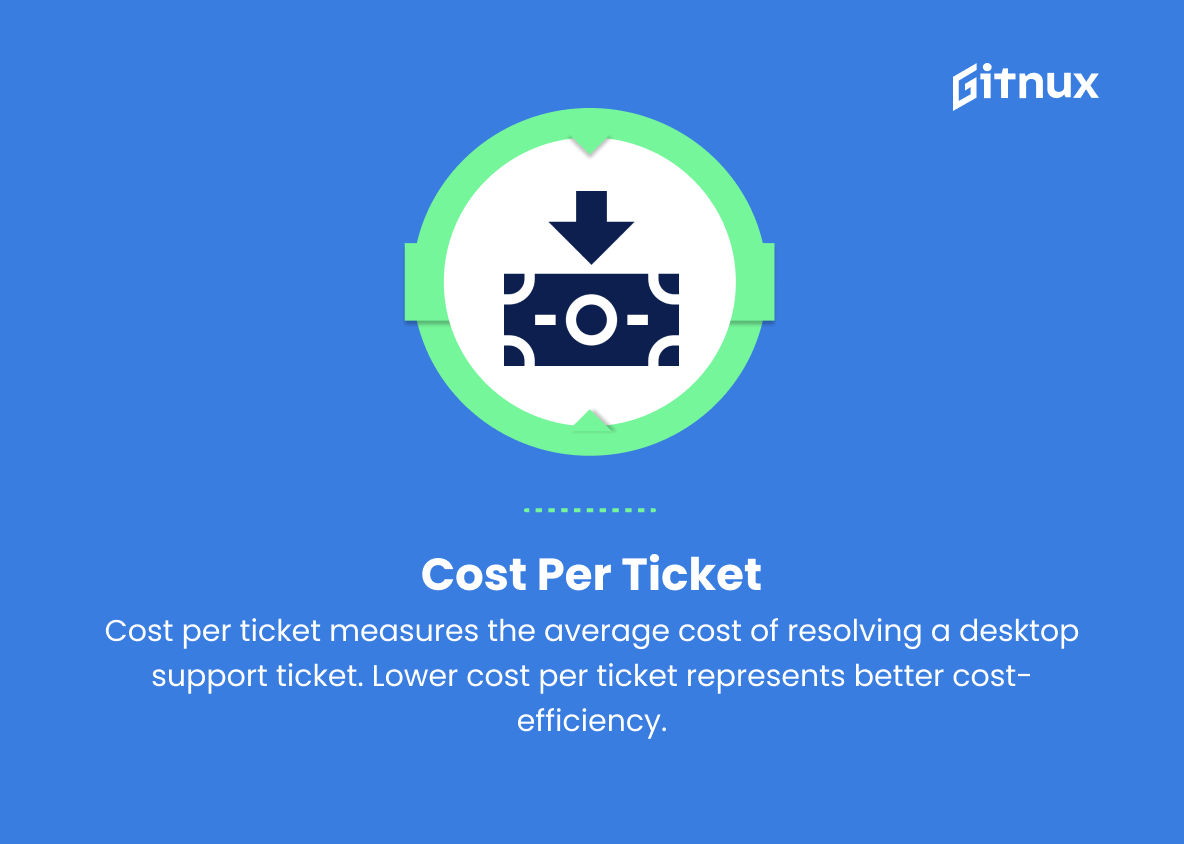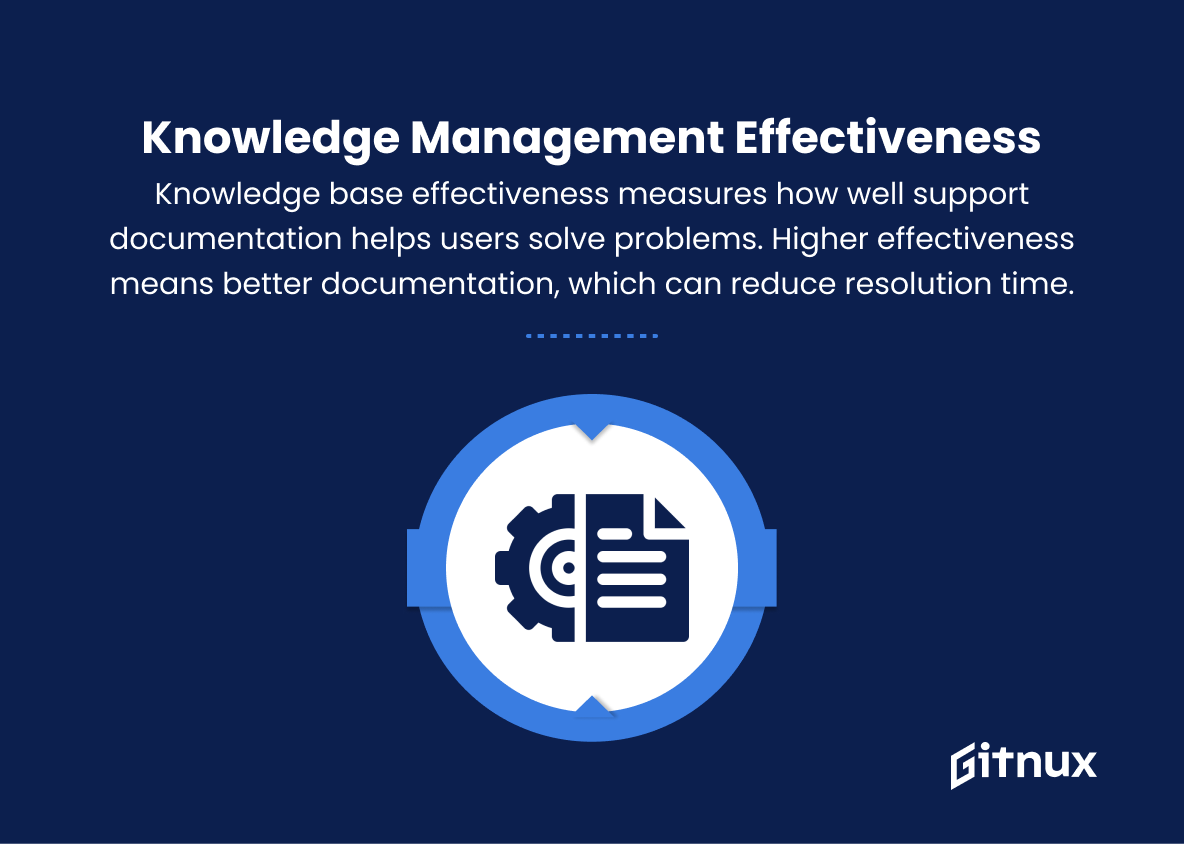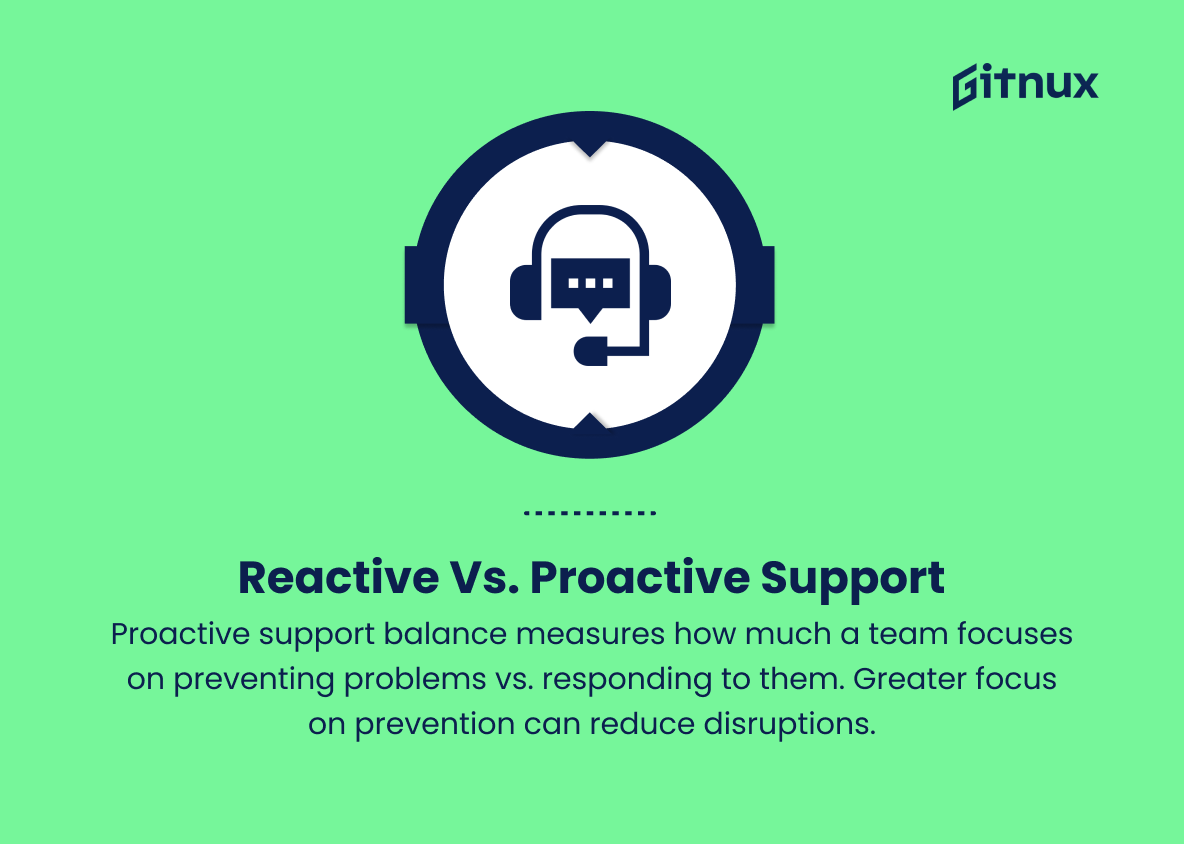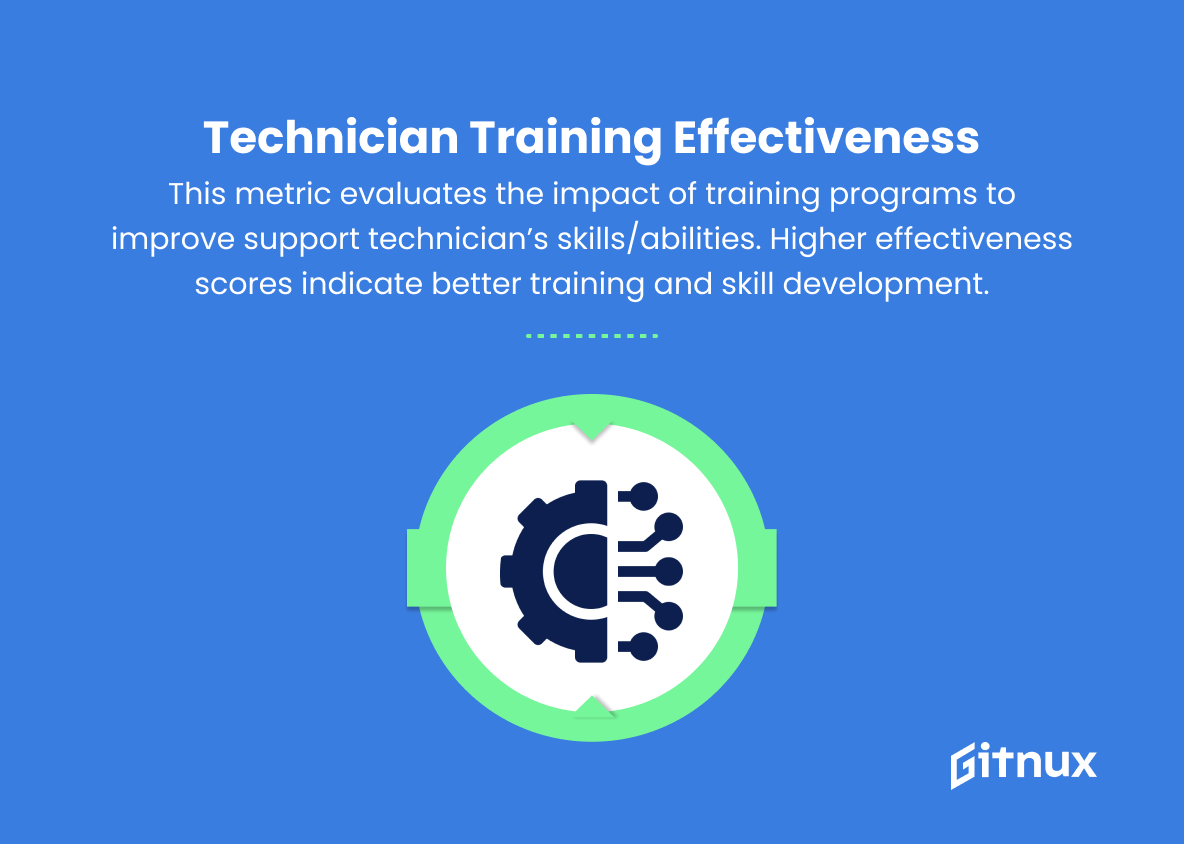In today’s rapidly evolving technology landscape, businesses of all sizes rely heavily on their IT infrastructure to maintain productivity and competitive edge. Managing and optimizing desktop support operations is a critical component of this process. Getting it right, however, requires more than just tackling immediate issues and troubleshooting computer problems. It entails monitoring, understanding, and refining several key performance indicators that measure the effectiveness, efficiency, and overall customer satisfaction of the support provided.
In this blog post, we delve into the vital world of Desktop Support Metrics, unraveling the quintessential metrics that drive success and exploring how businesses can leverage them to continuously enhance their IT support services. Join us as we unlock the potential of data-driven insights and set new benchmarks for desktop support excellence.
Desktop Support Metrics You Should Know
1. First Call Resolution (FCR)
This metric measures the percentage of support requests resolved during the initial contact between the user and the support team. A higher FCR indicates better efficiency and effectiveness of the support team.
2. Average Resolution Time
This metric calculates the average time taken by a support team to resolve a support request. Lower average resolution time indicates quicker problem resolution for end-users.
3. Ticket Volume
This metric tracks the number of support requests raised by users during a specific period. High ticket volume may indicate larger issues or user dissatisfaction with the system.
4. Escalation Rate
This is the percentage of support tickets that require escalation to higher support tiers or specialists. A lower escalation rate demonstrates greater effectiveness in the initial support level.
5. Technician Utilization
This metric measures the percentage of a technician’s time spent on productive activities, such as resolving tickets or user support, as opposed to administrative tasks. Higher technician utilization reflects better resource allocation.
6. Customer Satisfaction (CSAT) Score
This metric measures user satisfaction with the support received. It’s usually collected through surveys or feedback forms, where users rate their support experience. Higher CSAT scores indicate a better user experience.
7. Abandoned Call Rate
This metric calculates the percentage of support calls abandoned by users before they get connected with a technician. A lower abandoned call rate indicates better user patience and trust in the support process.
8. Average Handle Time (AHT)
This measures the average time spent by technicians on a single support ticket, including talking to the user, documenting the issue, and resolving the problem. Lower AHTs suggest more efficient technicians.
9. Cost per Ticket
This metric calculates the total cost of providing desktop support, divided by the number of tickets closed during a specific period. Lower cost per ticket represents better cost-efficiency in support operations.
10. Knowledge Management Effectiveness
This metric assesses the quality and usefulness of the support team’s knowledge base, documenting and updating solutions, frequently asked questions, and troubleshooting guides. Higher effectiveness indicates better support documentation, which can help reduce resolution time and improve user satisfaction.
11. Reactive vs. Proactive Support
This metric measures the balance between reactive support (responding to user problems) and proactive support (identifying and resolving issues before they affect users). A greater focus on proactive support can help minimize disruptions and improve overall system stability.
12. Technician Training Effectiveness
This metric evaluates the impact of training programs to improve support technician’s skills and abilities. Higher effectiveness scores indicate better training and skill development.
13. Support Channel Performance:
This metric assesses the performance of various support channels (phone, email, chat, etc.) in meeting user needs. Better performance can lead to higher user satisfaction and more efficient support processes.
Desktop Support Metrics Explained
Desktop Support Metrics are crucial in evaluating the effectiveness and efficiency of a support team in addressing user concerns and maintaining system stability. A high First Call Resolution (FCR) suggests better support quality, while a low Average Resolution Time indicates speedy issue resolution. Ticket Volume helps identify potential system-wide issues, whereas a low Escalation Rate demonstrates effective initial support. It’s essential to ensure high Technician Utilization and continuously aim for higher Customer Satisfaction (CSAT) Scores. Abandoned Call Rate measures user trust in the support process, and a low Average Handle Time (AHT) points to a more efficient support team.
Cost per Ticket should be minimized, along with improving Knowledge Management Effectiveness. Balancing Reactive and Proactive Support is crucial for system stability, as is continuously enhancing Technician Training Effectiveness. Lastly, optimizing Support Channel Performance is vital for catering to user needs and streamlining support processes.
Conclusion
In conclusion, desktop support metrics play a crucial role in ensuring the efficiency and effectiveness of an organization’s IT support services. By implementing and tracking relevant KPIs, IT managers can make informed decisions, optimize resource allocation, and continuously improve the customer experience.
Furthermore, these metrics serve as a valuable communication tool that enables IT teams to demonstrate their value and impact on the overall success of the business. Ultimately, a data-driven approach to desktop support management can lead to increased customer satisfaction, reduced downtime, and significant cost savings for the organization.
